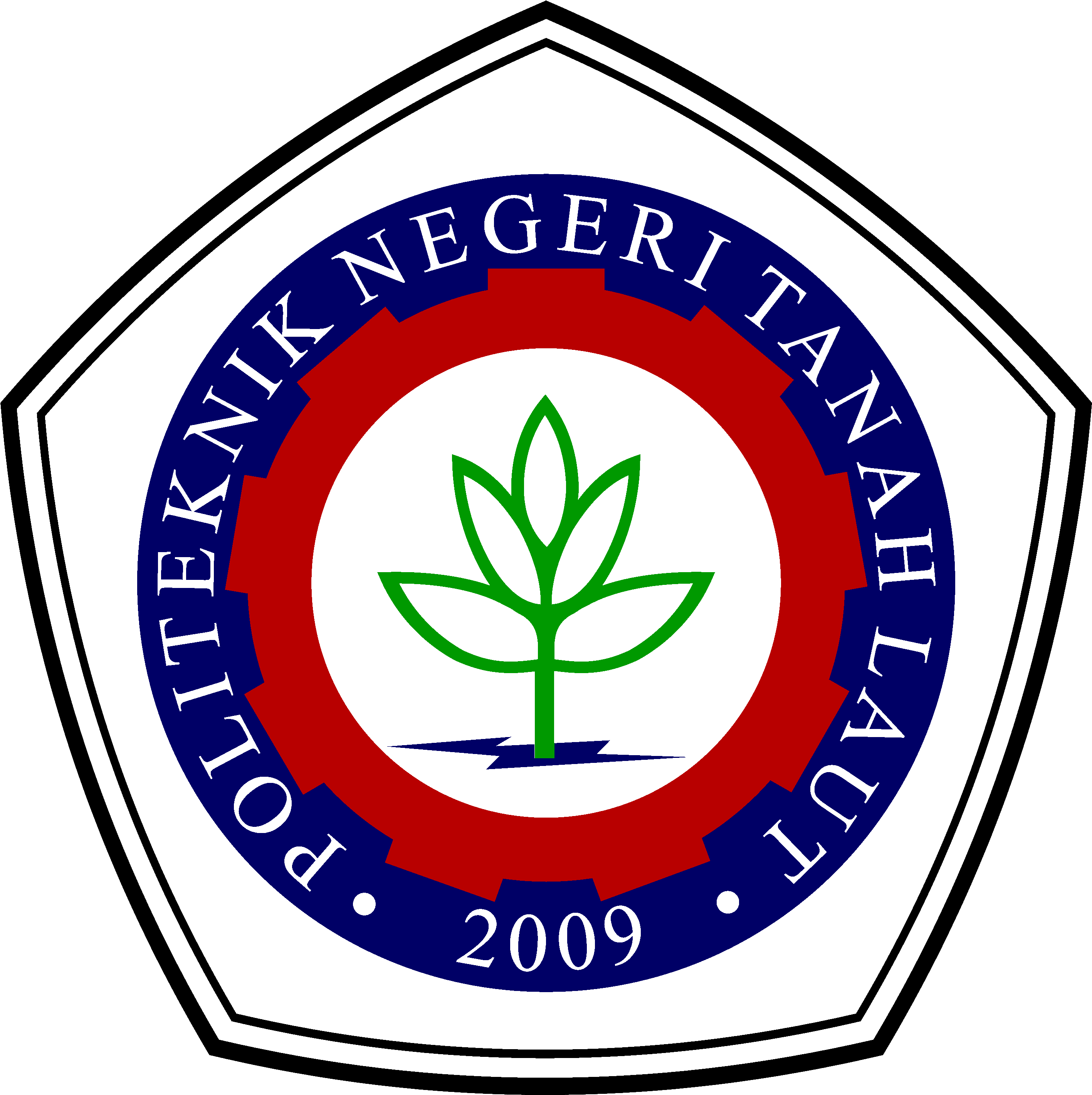OPTIMAL DESIGN OF SMALL MODULAR MOLTEN SALT REACTOR (SM-MSR) AS A WARSHIP PROPULSION SYSTEM
DOI:
https://doi.org/10.34128/je.v10i1.238Keywords:
SM smrAbstract
Utilizing a nuclear propulsion system as a source of propulsion is one method for extending the durability of warships. Compared to using natural oil, using nuclear energy as a propulsion system offers a high effectiveness value. The Molten Salt Reactor illustrates a reactor design that can be utilized on warships (MSR). The current MSR is still quite big. Therefore in this research, an optimal design of the Small Modular Molten Salt Reactor (SM-MSR) core will be adapted to the surface area of a warship. From the simulation and optimization carried out with the MCNP software, the parameter used as a reference is criticality. The optimal fuel material composition is 1% Li and 2% U-235, with an optimal design geometry having a cell core pin radius of 0.8 cm, a pin cell blanket radius of 2.6 cm, and a core height of 160 cm. The initial design of the SM-MSR in this study had a negative coefficient of void reactivity.
References
Kemhan_RI, Buku Putih Pertahanan Indonesia 2015. 2015.
C. Forsberg, P. Peterson, and H. Zhao, “An Advanced Molten Salt Reactor Using High-Temperature Reactor Technology There is Renewed Interest in MSRs Because of Changing Goals and New Technologies ( Since 1970 ),” 2004 Int. Congr. Adv. Nucl. Power Plants Embed. Top. 2004 Am. Nucl. Soc. Annu. Meet. Am. Nucl. Soc. Pittsburgh, pp. 1–17, 2008.
S. Philippe, “Topical Papers Safeguarding the Military Naval Nuclear Fuel Cycle,” vol. XLII, no. 3, 2014.
L. G. de Freitas Neto, L. O. Freire, A. Dos Santos, and D. A. De Andrade, “Potential advantages of molten salt reactor for merchant ship propulsion,” Brazilian J. Radiat. Sci., vol. 9, no. 2B, pp. 1–18, 2021, doi: 10.15392/bjrs.v9i2b.1466.
M. Irfan, R. O. Bura, and D. Wahyudi, “Konsep Teknologi Reaktor Nuklir Sebagai Sistem Propulsi Kapal Perang Logistik Landing Platform Dock,” Teknol. Daya Gerak, vol. 3, no. 1, pp. 1–24, 2020, [Online]. Available: http://jurnalprodi.idu.ac.id/index.php/TDK/article/view/533.
B. M. Elsheikh, “Environmental Impacts of Molten Salt Reactors,” J. Nucl. Radiat. Phys., vol. 14, pp. 21–28, 2019.
M. P. Dion, L. G. Worrall, and L. M. Scott, Molten Salt Reactor Signatures and Modeling Study. Oak Ridge National Laboratory, 2020.
J. C. Gehin and J. J. Powers, “Liquid fuel molten salt reactors for thorium utilization,” Nucl. Technol., vol. 194, no. 2, pp. 152–161, 2016, doi: 10.13182/NT15-124.
J. Wu et al., “A Review of Molten Salt Reactor Multi-Physics Coupling Models and Development Prospects,” Energies, vol. 15, no. 8296, 2022.
L. Samalova, O. Chvala, and G. I. Maldonado, “Comparative economic analysis of the Integral Molten Salt Reactor and an advanced PWR using the G4-ECONS methodology,” Ann. Nucl. Energy, vol. 99, pp. 258–265, 2017, doi: 10.1016/j.anucene.2016.09.001.
A. Hamzah, Suwoto, and H. Adrial, “Preliminary analysis of dose rates distribution of experimental power reactor 10 MW using MCNP,” J. Phys. Conf. Ser., vol. 1198, no. 2, 2019, doi: 10.1088/1742-6596/1198/2/022038.
D. Leblanc, “Using Molten Salt Nuclear Reactors in the Oil Sands,” pp. 1–20, 2012.
H. . Alam, “Desain Innovative Molten Salt Reactor (IMSR) dengan Menggunakan MCNP5,” Teknofisika, 2011.
A. W. Harto, “Reaktor Innovative Molten Salt (IMSR) Dengan Sistem Keselamatan Pasif Menyeluruh,” Tri Dasa Mega, vol. 13, no. 1, pp. 10–20, 2011.
C. R. Prabudi, “Pengaruh Ketinggian Larutan Bahan Bakar pada Kekritisan Aqueous Homogeneous Reactor,” Teknofisika, vol. 2, no. 2, pp. 55–60, 2013.
J. R. Lamarsh, Introduction to nuclear reactor theory. Addison-Wesley, 1972.
S. Pirooz, C. Technology, and S. Officer, “Thorium fuel utilization: Options and Trends,” Proc. three IAEA Meet. Vienna, no. November, pp. 54–56, 2002.
Downloads
Published
How to Cite
Issue
Section
License
Copyright (c) 2023 ELEMEN : JURNAL TEKNIK MESIN

This work is licensed under a Creative Commons Attribution 4.0 International License.




